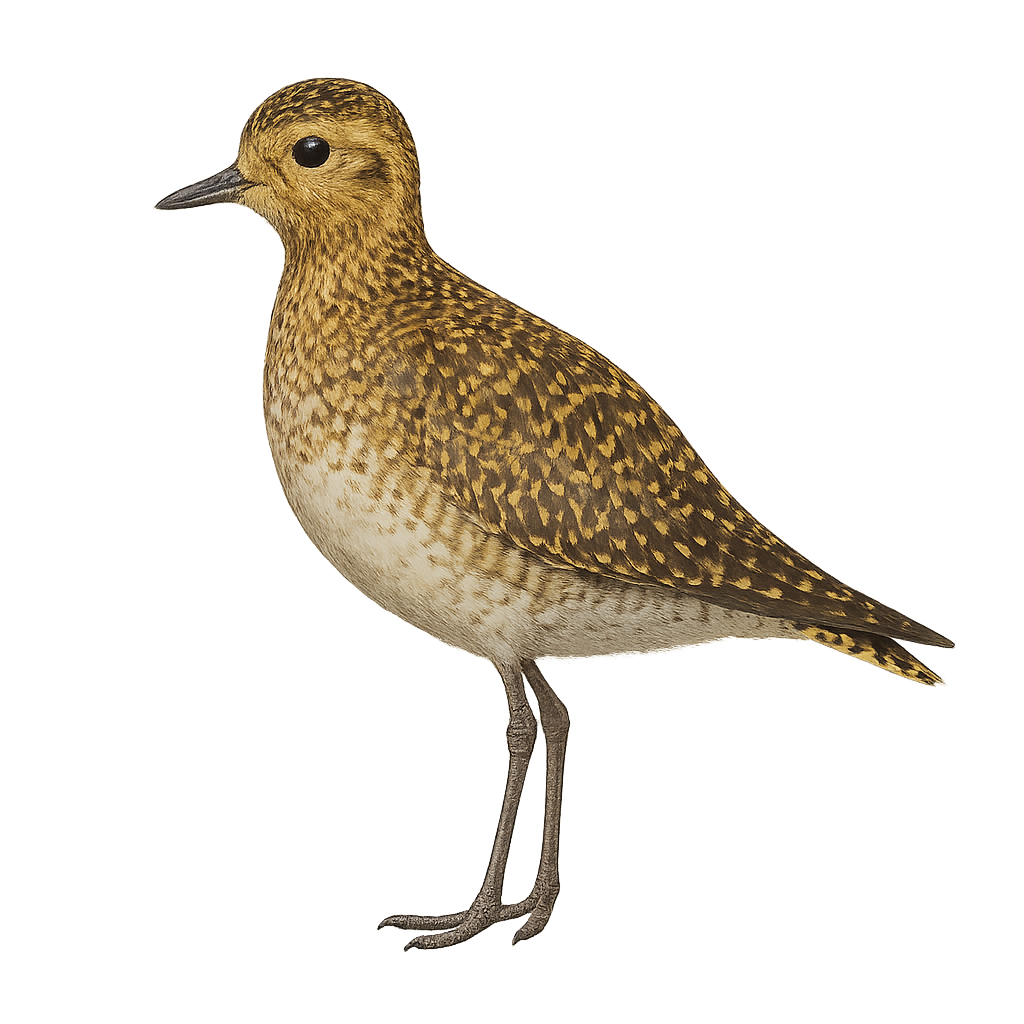Your wildlife photography guide.
Explore the golden plover in detail, study its behavior, prepare your shots.
Where to observe and photograph the golden plover in the wild
Learn where and when to spot the golden plover in the wild, how to identify the species based on distinctive features, and what natural environments it inhabits. The WildlifePhotographer app offers tailored photography tips that reflect the golden plover’s behavior, helping you capture better wildlife images. Explore the full species profile for key information including description, habitat, active periods, and approach techniques.
Golden Plove
Scientific name: Pluvialis apricaria

IUCN Status: Least Concern
Family: CHARADRIIDAE
Group: Birds
Sensitivity to human approach: Suspicious
Minimum approach distance: 30 m
Courtship display: April to June
Incubation: 27-31 jours
Hatchings: May to July
Habitat:
Wetlands and meadows
Activity period :
Primarily active during the day, with peak activity in the morning and late afternoon.
Identification and description:
The Golden Plover is a migratory bird primarily found in tundra areas, open grasslands, and coastal regions in Europe and Asia, as well as in North America's coastal areas during winter. It measures about 25 to 30 cm in length, with a wingspan of 60 to 70 cm, and weighs between 150 and 250 g. Its plumage is primarily golden and black, with characteristic patterns on the chest and abdomen, and lighter coloring on the underside. During the breeding season, the male displays particularly bright plumage adorned with golden spots. The Golden Plover primarily feeds on small invertebrates, insects, and marine worms, which it finds by probing the ground or walking slowly in search of food. While its population remains stable, it can be threatened by habitat loss and human disturbances, particularly during the breeding period.
Recommended lens:
300 mm – adjust based on distance, desired framing (portrait or habitat), and approach conditions.
Photography tips:
Approach discreetly, as the Golden Plover can easily fly away if you approach too quickly. Use a telephoto lens to maintain a respectful distance.
Photograph during the early morning hours or late in the day, when the light is softer and the bird is more active foraging for food.
Be patient and wait for it to feed or interact with its environment to capture natural moments.
Respect its space: Do not attempt to disturb its natural behavior, especially during the breeding season.
The Golden Plover is a threatened species, notably due to habitat loss and human disturbances. It is crucial not to disturb the bird and to respect local regulations, particularly during the breeding season, to avoid disturbing this vulnerable species.
The WildlifePhotographer App is coming soon!
Be the first to explore the best nature spots, track rutting seasons, log your observations, and observe more wildlife.
Already 1 439 wildlife lovers subscribed worldwide

